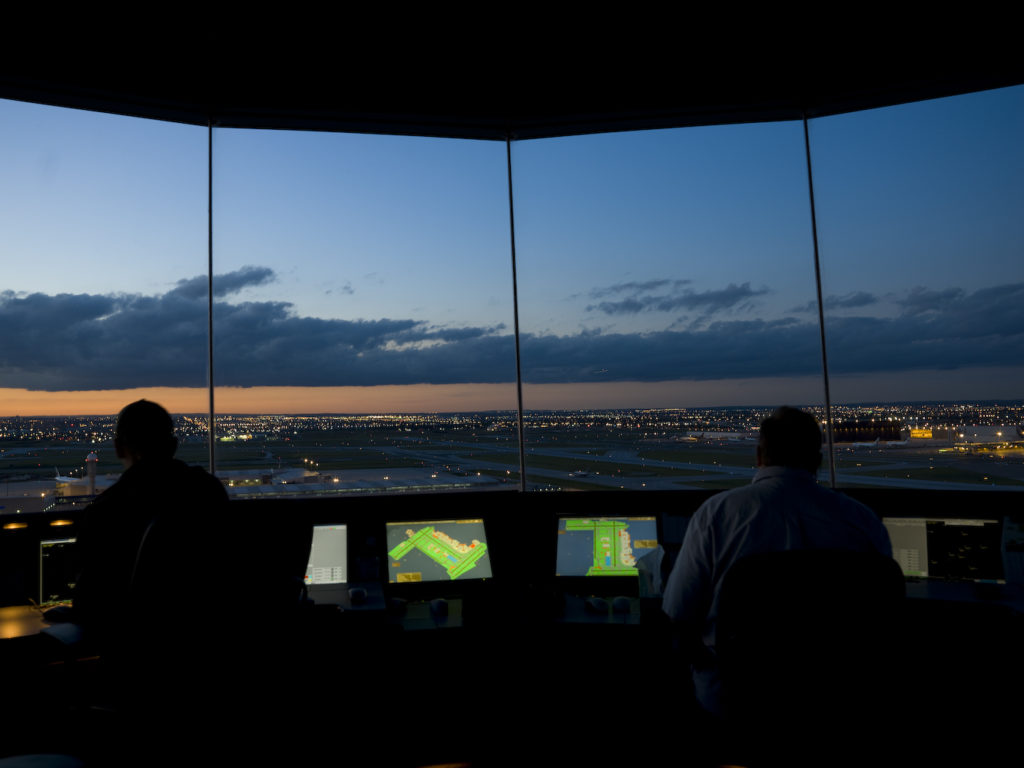Latest News

Inside view of an Air Traffic Control tower. Photo: Aireon
Airways New Zealand and Aireon announced that they have signed an agreement in principle to enter into an operational validation trial. This agreement will pave the way to a formal operational validation agreement allowing for the development of operational concepts for air traffic management in South Pacific airspace and long-range flow management procedures to major New Zealand destinations. These operational concepts will be based on the use of space-based Automatic Dependent Surveillance-Broadcast (ADS-B) data to leverage the efficiency and safety benefits of a global air traffic surveillance capability.
This agreement comes 20 months after the execution of a Memorandum of Agreement (MoA) between Aireon and Airways New Zealand to execute a benefits analysis for deploying space-based ADS-B in their region. Airways New Zealand also plans to use Aireon data to determine the best configuration of planned terrestrial-based ADS-B installations, augmented with space-based ADS-B, to ensure the most cost-effective use of the designated infrastructure.
“Once we have completed the formal agreement we will, over the next three years, work with Aireon to investigate how satellite-based surveillance could enhance our air traffic management services in the South Pacific airspace,” said Airways New Zealand Chief Executive Officer Ed Sims.
Aireon’s system will be operational in 2018, upon completion of the Iridium Next satellite constellation. The service will provide Air Navigation Service Providers (ANSPs) with global air traffic surveillance and airlines with real-time flight tracking. The companies expect the service to help reduce fuel costs, increase safety, and enable more efficient flight paths.
Get the latest Via Satellite news!
Subscribe Now